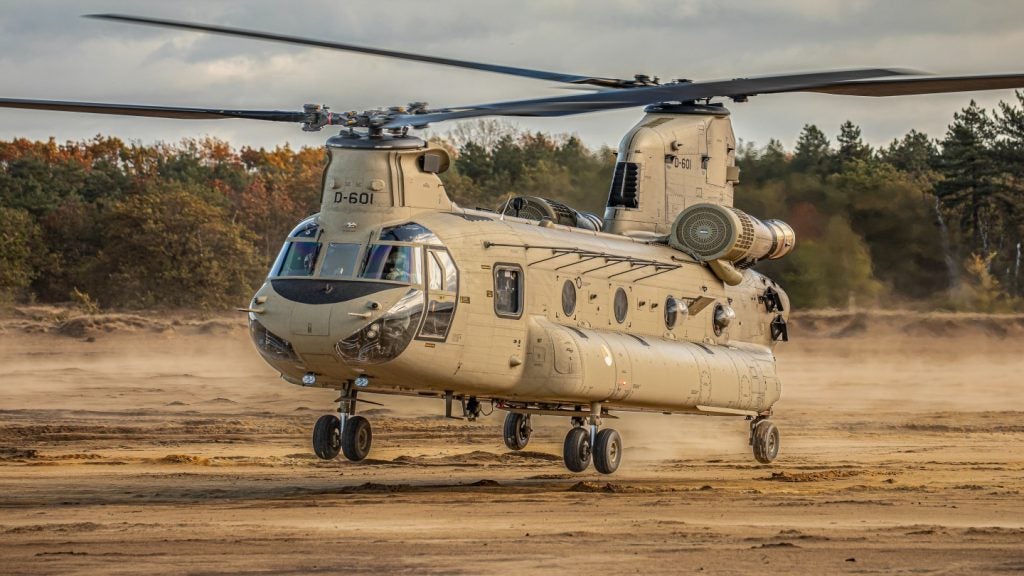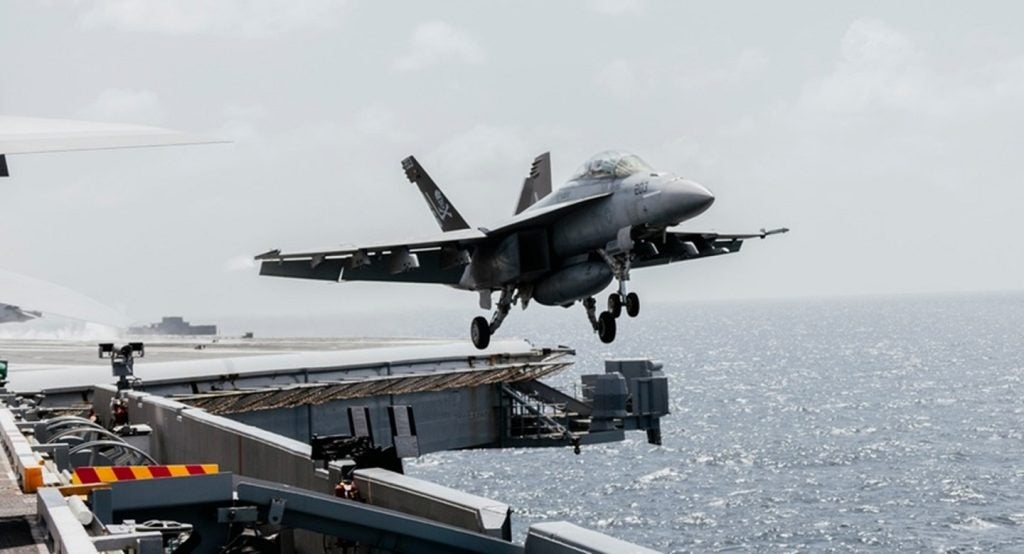
US-based aerospace and defence company Aerojet Rocketdyne has successfully demonstrated an integrated system test bed (ISTB) to test advanced liquid rocket engine thrusters and system components.
The demonstration was conducted at the US Air Force Research Laboratory’s (AFRL) test facilities at Edwards Air Force Base (AFB) in California.
The test of advanced defence propulsion was independently funded by the company.
It marks the completion of a multi-year, multi-million-dollar initiative by Aerojet Rocketdyne to design and develop an ISTB, which can be used for various programmes.
Aerojet Rocketdyne CEO and president Eileen P Drake said: “Aerojet Rocketdyne continues to innovate our design, development and testing capabilities for next-generation defence systems and components.
“With applicability to a variety of future programmes, the ISTB provides us the capability to quickly and efficiently test individual components, as well as complete systems.”
How well do you really know your competitors?
Access the most comprehensive Company Profiles on the market, powered by GlobalData. Save hours of research. Gain competitive edge.

Thank you!
Your download email will arrive shortly
Not ready to buy yet? Download a free sample
We are confident about the unique quality of our Company Profiles. However, we want you to make the most beneficial decision for your business, so we offer a free sample that you can download by submitting the below form
By GlobalDataAccording to Aerojet Rocketdyne, the test bed can be used to evaluate a wide range of strategic system components, space launches and other missile defence programmes.
The latest test involved demonstrating a multi-thruster configuration, which is also pertinent to several ongoing development efforts.
The company said that the ISTB test fulfilled all requirements and performed as expected throughout the demonstration.
This system and component demonstration conducted with the ISTB further reduces the overall technical risk and allows the components to be more readily available for future liquid propulsion system applications.
In addition, the demonstration validated the ISTB’s ability to support the rapid testing of crucial advancements in liquid propulsion system technologies and component production.
The advancements tested involved enhanced electro discharge machining (EDM) precision drilling, improved engine calibration methodology, system integration optimisation and a new approach to developing thruster chambers.
Earlier this year, Aerojet Rocketdyne was selected to support the US Defence Advanced Research Projects Agency’s (DARPA) operational fires (OpFires) programme.







